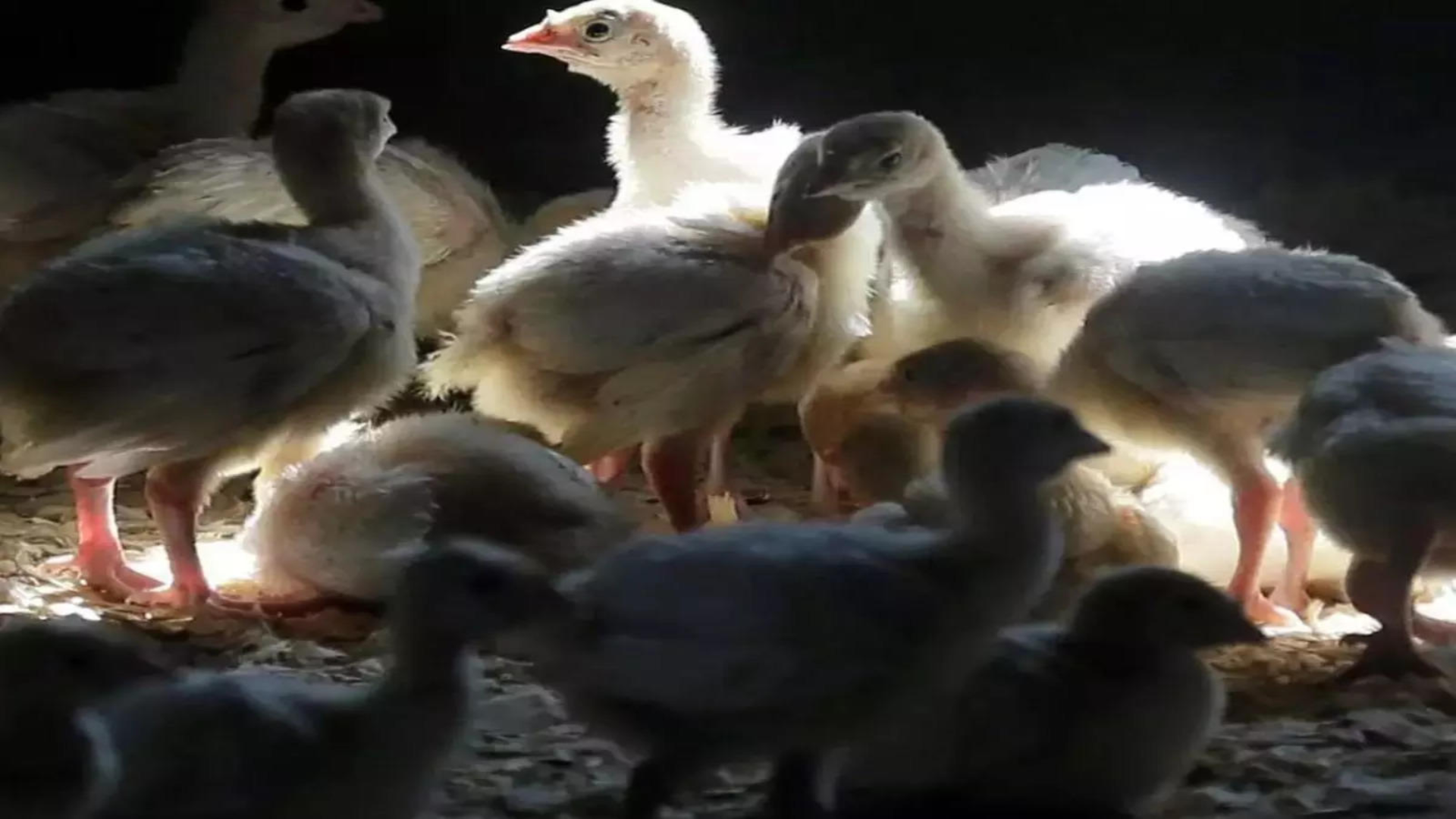









Researchers at Oregon State University identified vitamin B1 generated by bacteria in rivers, which may provide hope to vitamin-deficient salmon populations.The results were reported in the journal Applied and Environmental Microbiology.The study in California’s Central Valley, according to the authors, is a fresh component of an important physiological puzzle involving Chinook salmon, a keystone species with major cultural, ecological, and economic significance in the Pacific Northwest and Alaska.
Christopher Suffridge, senior research associate in the Department of Microbiology in the OSU College of Science, and PhD student Kelly Shannon investigated thiamine concentrations and microbial populations in Sacramento River basin waterways. Thiamine, often known as vitamin B1, is a chemical that is essential for cellular activity in all living creatures.
“This study is the first-ever report of thiamine compounds in salmon-spawning rivers and the associated gravels where salmon spawn,” Suffridge said. “This source of thiamine has potential implications for reducing health impacts on naturally spawning salmon that are suffering from thiamine deficiency complex.”
TDC, an emerging threat to the stability of West Coast salmon populations, has affected salmon and trout in lake systems in northeastern North America and Atlantic salmon in the Baltic Sea.Chinook salmon in the Central Valley have recently been diagnosed with TDC, the researchers note. Afflicted female salmon that return to rivers and streams to spawn can pass the deficiency on to their hatchlings, which have problems swimming and experience high mortality rates.
“In California, most hatchery-spawning Chinook salmon are treated with thiamine to prevent TDC,” Suffridge said. “However, it was previously unknown if there was a source of thiamine in the environment that could potentially rescue naturally spawning salmon afflicted with TDC. We have now identified microbially produced thiamine in natural salmon spawning habitats.”
“It’s a complicated issue,” Shannon added.
“The broader context is that Central Valley Chinook salmon, as well as some populations of salmon in other places, are becoming thiamine deficient because of shifts in their diet in their feeding grounds.”Historically, Shannon said, Central Valley Chinook salmon ate a diverse, healthy diet consisting of many different species of prey fish. But in recent years, shifts in the ocean ecosystem have caused northern anchovy populations to explode, meaning they’ve become the primary dietary component for salmon. This change in diet is the likely cause of TDC, he said.
“Northern anchovies are high in an enzyme called thiaminase that degrades thiamine,” Shannon said. “So by the time many California Central Valley Chinook salmon are ready to spawn, they have been feeding on so many anchovies that they have become deficient in thiamine from the activity of the thiaminase enzyme in anchovies.”
The results of the new study implicate river sediments as likely sources of microbial thiamine, which could supplement the early life stages of Chinook salmon that experience TDC, he said.
“It was unknown if the vitamin could even be measured in rivers in the first place, and the thiamine concentrations we measured were much lower–more than a million times lower–than a hatchery thiamine bath,” Shannon added.
“The data have implications for salmon health but are not concrete enough to say anything definitive. More research is needed to determine what role the environmental thiamine might play, but learning that it’s there is an important first step.”









